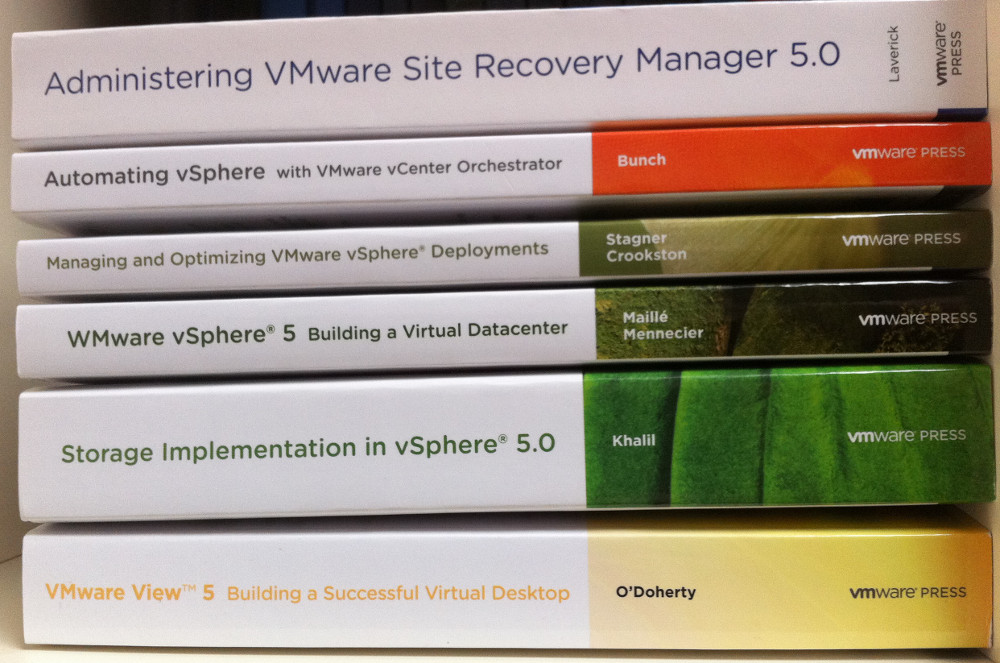Se state pianificando un aggiornamento in-place verso vCenter Server 6.0 (mi riferisco alla versione installabile per Windows) allora dovrete leggere molto attentamente le varie informazioni presenti nella pagina vSphere Upgrade Center.
Naturalmente l’aggiornamento non è l’unica opzione. In alternativa è anche possibile creare un nuovo vCenter Server e passare tutto sul nuovo sistema. Anzi… potrebbe essere persino l’occasione per passare al vCenter Server Appliance (e c’è pure un Flings che vi aiuterà a migrare i dati).
Però in alcuni scenari è necessario mantenere il vCenter (ad esempio per il nome DNS) e procedere con un aggiornamento in-place.
continue reading…













